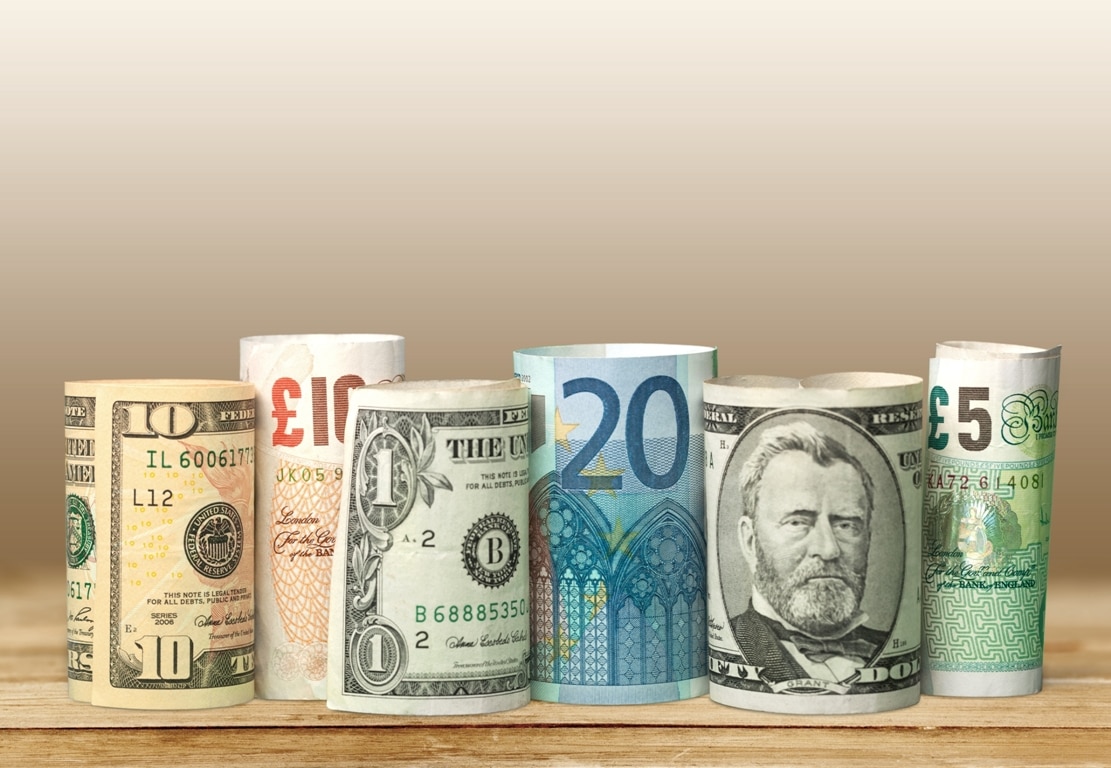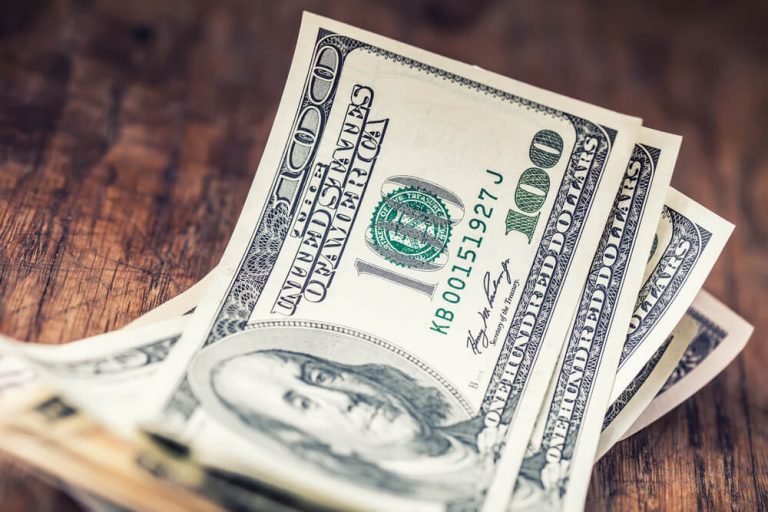In the dynamic world of international finance, the US dollar has once again taken center stage, reaching a one-month high against a basket of global currencies. This increase, driven by a combination of factors, provides a fascinating glimpse into the complex web of economic indicators that influence currency markets.
The flexibility of the dollar amid global economic transformations
The dollar index rose to 103.58, hitting its highest point since December 13. The rally was driven by a 0.67% rise, momentum boosted by comments from the Federal Reserve's Christopher Waller. His cautionary stance on a rush to record interest rate cuts has resonated across the market, leading to a recalibration of expectations. The probability of a March rate cut fell to nearly 60%, down from 75% in the previous session, sending US yields higher.
Impact of soft Chinese data and market sentiment
Weak Chinese economic data served as a catalyst for the dollar's rise. With China's economy growing by 5.2% in 2023, slightly above the official target, concerns loom as December indicators pointed to a more troubled recovery. China's long-running real estate crisis continues to worsen, impacting not only Asian and European stocks, but also setting the tone for broader market sentiment.
Chris Turner, head of global markets at ING, highlighted the relationship between weak Chinese data, the reluctance of global central banks to ease, and support for the dollar. He stressed the importance of the upcoming US retail sales data for December in shaping market sentiment.
Currency Dynamics: Unusual Sterling Rally and Euro Response
In a surprising turn, the British pound defied the broader trend by rising against the dollar, reaching $1.2646. High British inflation data reinforced expectations that the Bank of England will adopt a more measured approach to cutting interest rates compared to other central banks. This unique position of the pound, which is rising amid the strength of the dollar, underscores the delicate nature of currency dynamics.
Conversely, the euro faced headwinds, hitting a one-month low against the British pound. The reluctance of ECB policymakers to embrace imminent interest rate cuts contributed to the stability of the euro, preventing further declines after it fell by 0.7% following Waller's comments.

Seizing opportunities: revealing the best dollar exchange rate and repurchase rates
Current market conditions provide challenges and opportunities for individuals and businesses involved in international transactions. Monitoring the best dollar exchange rate is crucial to optimizing cross-border transactions, especially given the volatile landscape.
Furthermore, savvy investors can explore the concept of dollar repo rates, strategically navigating when and how to sell dollars to maximize returns. As global economic trends continue to evolve, understanding these nuances becomes critical in making informed financial decisions.
The recent rise in the price of the US dollar reflects the complex interaction between global economic forces. As uncertainty continues, keeping up with market dynamics and strategically evaluating opportunities, including the optimal times to sell dollars, becomes essential.

